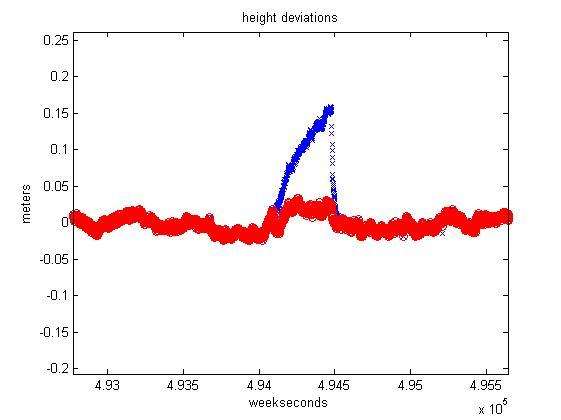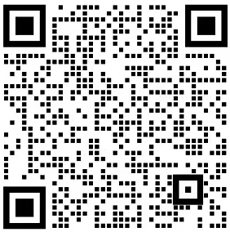Receiver Autonomous Integrity Monitoring (RAIM+) comprises fault detection mechanisms of the receiver at all the levels including the generation of measurements, quality control and navigation algorithms. Detected faulty measurements, which are typically caused by high multipath or active ionosphere, are removed from the solution.
RAIM is made possible by careful assessment of the statistical properties of all the observations and error sources. These statistical properties are adapted to dynamics and environment, particularly, to the vehicle speed, intensity of multipath, atmospheric conditions, signal strength etc. The receiver checks the internal consistency of the measurements by means of several statistical tests. If something goes wrong, alarm is raised, and the receiver attempts to repair the solution or switches to another positioning mode. The decision-making algorithm is carefully attuned based on extensive experimentation and user experience in diverse environments. The strictness of testing can be additionally optimized for specific requirements of user applications by the SetRAIMlevels command.

The above plot presents a simulation example which demonstrates how RAIM works. Shown here are height deviations of a real-life RTK-fixed solution for a field static test with relatively high multipath levels. At epoch 494000 a time-linear bias was artificially added to the L1 phase measurements of GPS PRN 19. The blue curve corresponds to the solution with disabled RAIM: the bias causes significant distortion. The red curve shows the solution repaired by RAIM: height deviations always stay within nominal error margins and no impact of the bias can be noticed.
摘錄自:https://www.septentrio.com/en/company/septentrio-gnss-technology/raim-receiver-autonomous-integrity-monitoring
電話: 025-85577685
地址:南京市江寧開(kāi)發(fā)區(qū)誠(chéng)信大道990號(hào)優(yōu)尚天地3棟417室
企業(yè)微信
